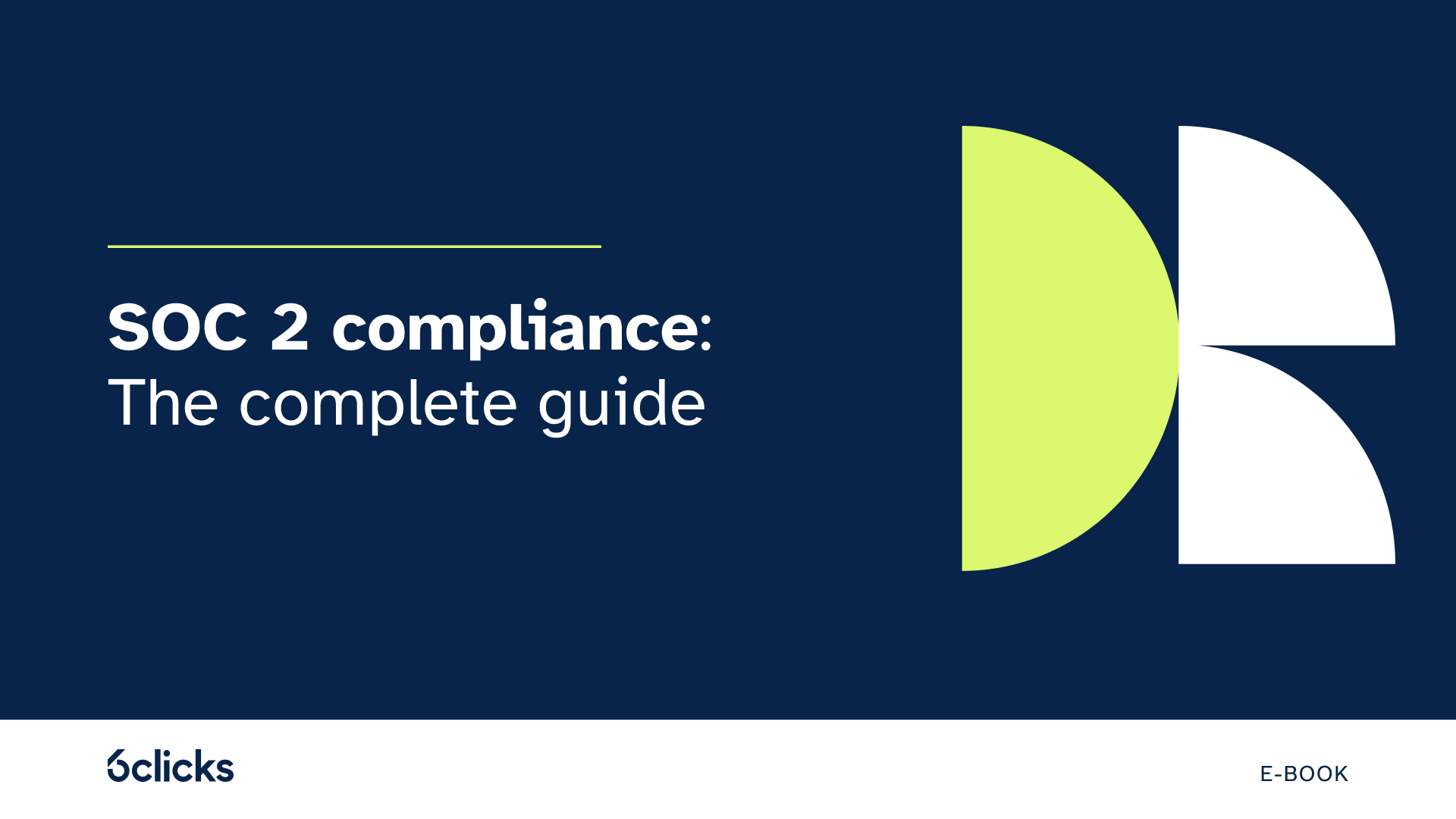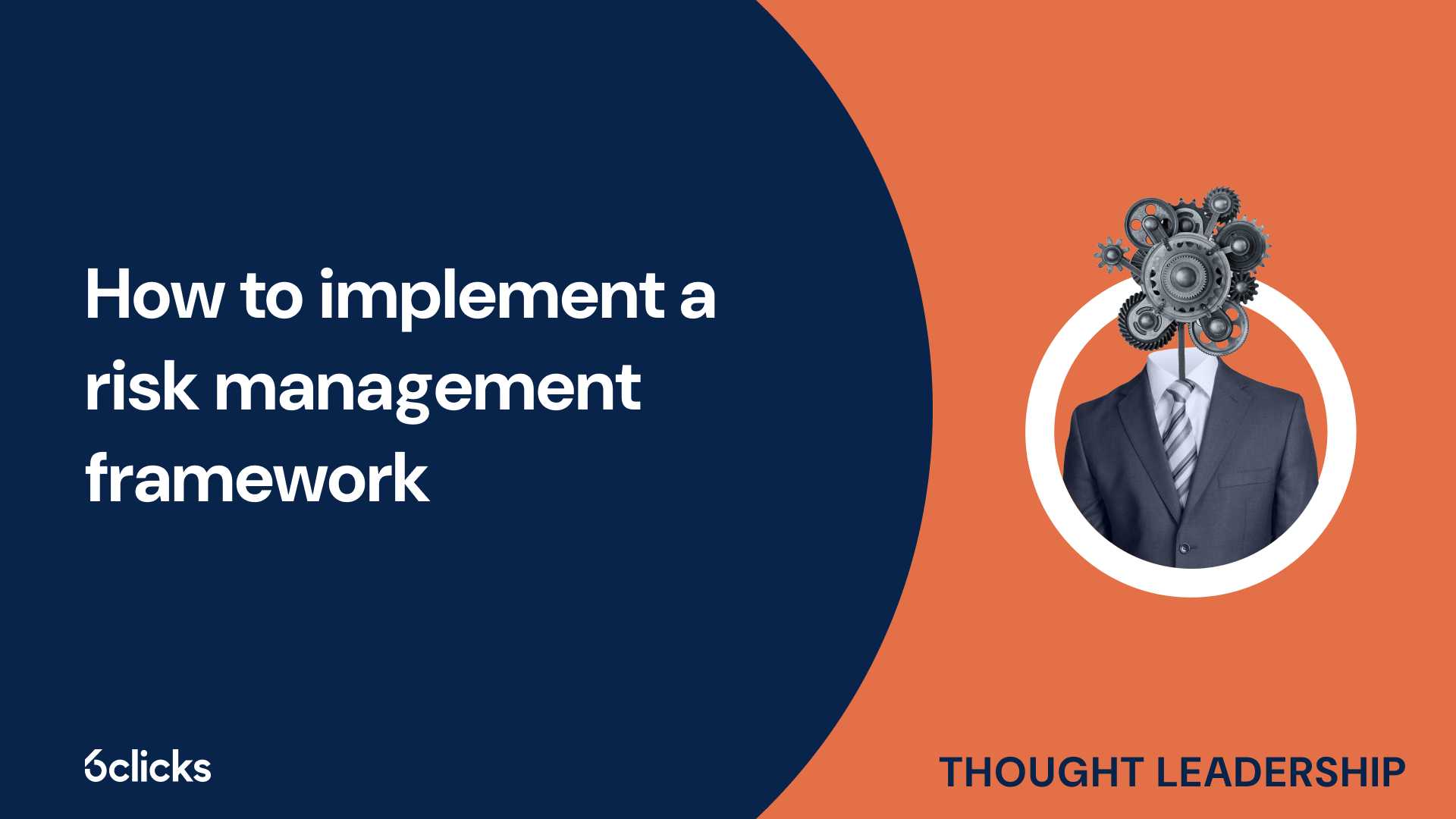The GRC buyer’s guide for 2025: Building resilience with AI-powered, federated solutions
Discover the ultimate GRC buyer's guide for 2025! Uncover how AI-powered, federated solutions transform compliance and security management for industries like government, aerospace, banking, and more. Learn about centralized control, continuous compliance, and advanced cyber GRC capabilities. Download now!
-1.png?width=200&height=249&name=Group%20193%20(1)-1.png)
The GRC buyer’s guide for 2025: Building resilience with AI-powered, federated solutions
What is the difference between NIST RMF and CSF?
When it comes to cybersecurity frameworks, two of the most commonly referenced standards from the National Institute of Standards and Technology (NIST) are the Risk Management Framework (RMF) and the Cybersecurity Framework (CSF). While both are designed to enhance security practices, they serve different purposes and audiences. Understanding the differences between NIST RMF and NIST CSF is crucial for organizations looking to implement the right framework for their cybersecurity needs.
What is NIST RMF?
The NIST Risk Management Framework (RMF) is a structured, risk-based approach to managing cybersecurity threats and ensuring compliance with security requirements. It is widely used by U.S. federal agencies and organizations that work with government systems. RMF provides a seven-step process for integrating security and risk management into an organization’s system development life cycle.
The seven steps of NIST RMF are:
- Prepare – Establish a foundation for risk management through policies and resources.
- Categorize – Define the security impact level of the system based on data sensitivity.
- Select – Identify and apply security controls tailored to the system's needs.
- Implement – Deploy and document the security controls.
- Assess – Evaluate the effectiveness of security controls.
- Authorize – Obtain approval to operate the system based on security assessment results.
- Monitor – Continuously track and improve security controls to address evolving threats.
NIST RMF is mandatory for federal agencies and often used in industries handling sensitive data, such as healthcare, defense, and finance.
What is NIST CSF?
The NIST Cybersecurity Framework (CSF) is a voluntary set of guidelines designed to help organizations improve their cybersecurity posture. Unlike NIST RMF, which is compliance-driven, NIST CSF is flexible and can be adapted by organizations of any size and industry.
NIST CSF consists of six core functions:
- Govern – Establish the organization's cybersecurity risk management strategy
- Identify – Understand and manage cybersecurity risks.
- Protect – Implement safeguards to limit or contain cybersecurity incidents.
- Detect – Monitor networks and systems for threats.
- Respond – Take action to mitigate cybersecurity events.
- Recover – Restore services and improve resilience after an incident.
NIST CSF is widely used in the private sector and is recognized globally as a best-practice framework for improving cybersecurity.
Key differences between NIST RMF and NIST CSF
| Feature | NIST RMF | NIST CSF |
| Purpose | Ensures compliance and security for federal systems | Enhances cybersecurity resilience for all organizations |
| Mandatory? | Yes, for U.S. federal agencies | No, voluntary for all industries |
| Focus | Compliance-driven | Risk-based, flexible approach |
| Users | Government agencies, contractors, and regulated industries | Businesses of all sizes and sectors |
| Structure | Seven-step process | Six core functions |
| Adoption | Strict implementation based on regulations | Adaptable to organizational needs |
Conclusion
While both NIST RMF and NIST CSF contribute to stronger cybersecurity, they serve different roles. NIST RMF is a structured, compliance-driven approach, primarily used by federal agencies and industries handling sensitive data. On the other hand, NIST CSF is a more flexible framework that helps organizations of any size improve cybersecurity resilience. Understanding these differences helps businesses and agencies choose the right framework based on their specific cybersecurity needs.
If your organization requires compliance with government security standards, NIST RMF is the right choice. However, if you need a more adaptable cybersecurity strategy, NIST CSF provides a strong foundation without strict regulatory requirements.
The 6clicks platform can help your organization seamlessly implement both NIST RMF and NIST CSF through integrated functionality for risk management, compliance, and audit readiness:
- Conduct risk assessments using a comprehensive risk register
- Streamline risk management and remediation through AI-powered risk identification and task creation
- Easily determine your level of compliance with diverse frameworks through automated control mapping
- Implement controls and verify real-time effectiveness through continuous control monitoring
- Fast-track audits and assessments with ready-to-use templates and data-driven, AI-generated responses
Discover how 6clicks can help you develop a robust cybersecurity risk management and compliance strategy.












